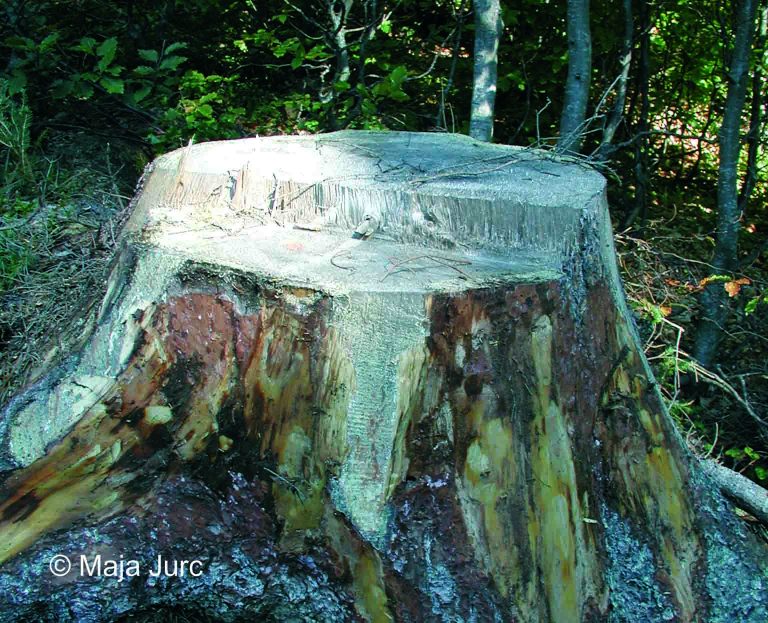24.02. Dryocoetes autographus (Ratzeburg, 1837)
Presence
E: AU BE BH BU BY CR CT CZ DE EN FI FR GB GE GR HU IR IT LA LS LT MD NL NR NT PL RO SK SL SP ST SV SZ UK YU
N: AG MR
A: ES FE GAN HAI HEI JA LIA MG NC SC SHA SHX TAI WS »Mandžurija«
NAR
NTR
Figure 99: Dryocoetes autographus, dorsal, lateral (Photo: Maja Jurc)
Older catalogs and keys – citations of name
Siegel, 1866: Bostrychus autographus Rtzb.; Grüne 1979: Dryocoetes autographus Ratzeburg, 1837; Freude, Harde, Lohse 1981: Dryocoetes autographus Ratzeburg; Titovšek 1988: Dryocoetes autographus (Ratzeburg); Pfeffer & Knížek 1993: D. autographus (Ratzeburg, 1837); Pfeffer 1995: D. autographus (Ratzeburg, 1837).

Figure 100: Dryocoetes autographus, distribution map according to historical and recent data
Ecology and presence in Slovenia
The species is found in Europe, the Caucasus, North Africa, Asia (Siberia), the Nearctic and the Neotropics. Siegel (1866) states that the species is “not rare in Carniola, in spruces”. The species is common and widespread throughout Slovenia (Figure 100). Hosts include Picea abies, P. glehnii, P. jezoensis, P. obovata, P. omorica, P. orientalis, Pinus cembra, P. koraiensis, P. sibirica, P. strobus, P. sylvestris, Abies alba, A. sibirica, Larix decidua, L. gmelinii and L. sibirica. In Slovenia, it is very common on P. abies, especially on stumps. However, records on P. sylvestris and L. decidua are rarer. This monogamous species develops two generations per year, swarming in May and July. The tunnel system is irregularly shaped, the maternal gallery is often sinuous or branched. The larval tunnels are oriented in all directions, the brood chamber is slightly sunken into the sapwood. The adult is red-brown, covered in grey hairs, 3.0-4.0 mm long (Figure 99). As a distinctly secondary-tertiary species, it has no economic importance.



